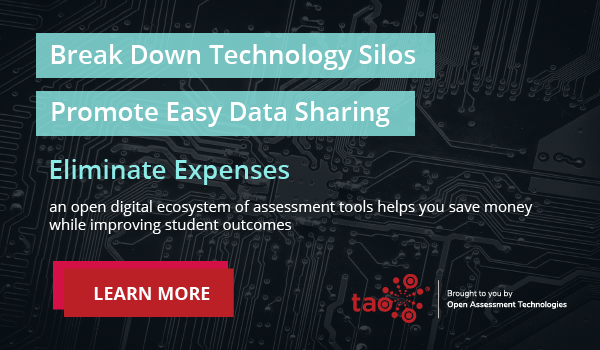As a teacher, you rely on thorough preparation. You spend countless hours preparing your curriculum and setting up lesson plans, so you have a strategy for doing one of the most important jobs there is: teaching the next generation and preparing them for success in adulthood.
That task becomes a lot more difficult when you don’t have access to a classroom, you’re worried about your own health and that of your students, and you don’t know what’s coming next. There’s seldom been a more challenging time to be a teacher than today, especially with added pressure from parents who need schools to reopen so they can get back to work. How can you relax when you don’t even know whether you’ll be teaching remotely or in a classroom — or in some combination a week from now, a month from now, or in the fall? It may not be easy, but it is possible if you make the same commitment to your own health and well-being that you make to your students every day.
Here are some ideas about how to balance remote education.
Get ahead of your planning
Setting up a schedule is more challenging than ever when you don’t know what’s around the corner — but it’s also more crucial than ever. Get yourself into a routine, and discipline yourself to adhere to it as much as possible. Set up an agenda that estimates how much time you’ll need to complete every task on your list:
- Setting up lesson plans
- Giving lectures and instructions
- Creating and guiding class activities
- Holding after-school sessions with students and parents, whether remote or in-person
- Grading homework, quizzes, exams, etc.
- Supervision or monitoring extracurricular activities
Interoperable EdTech can also help eliminate the burden that comes with remote technology in today’s learning environment. If you are conducting tests online, automatic grading can significantly improve feedback time and free you to focus on your curriculum planning. Additionally, interoperability enables the free exchange of learning data, making it easier to track student progress without having to monitor multiple systems.
Work with leaders at your school
Few things are as stressful as finances, especially in times of uncertainty. Teachers face numerous challenges, from stretching their salaries and making ends meet to purchasing classroom supplies out of their own pockets. EdTech can be a lofty investment, and often times, teachers are looking to schools for the technology that is available to their classrooms. As a teacher, it’s important to make a use case to your institution that can help secure remote and hybrid learning technology that lowers the institution’s overall cost of ownership.
Interoperable systems play a role here too. Technology built on open education standards, like those set by IMS, ensure that classroom applications and testing content will work and evolve with your digital ecosystem. When education software is interoperable, you also eliminate the costs associated with having your assets locked into private data silos.
Set boundaries and maintain them
Working from home can pose an additional challenge because you’re probably not the only one there. You need to spend time with your partner, plus your own kids if you have them. That means designating time and space for everyone to do their thing, together and apart.
You’ll want to keep from being interrupted while you’re working (unless it’s an emergency), so make sure everyone in your household knows when you’re on the clock. If you’re teaching remotely, it’s just like being in the classroom, so keep the door to your home office closed and put a “Do not disturb” sign on the doorknob.
If possible, choose a location for your remote classroom that’s far enough away from the main house activities that outside sounds won’t distract you — or your class. A basement, if you have one, is ideal, or a guest room at the far end of your home. Avoid the kitchen table or the living room couch.
Focus on your physical and mental health
Take some “downtime” for yourself alone, whether it’s exercising (moderately for 30 minutes a day is great) or practicing mindfulness, meditation, spiritual contemplation, yoga, or other relaxation techniques. Don’t forget to eat healthy foods and practice good sleep habits, too. Try to get to bed at the same time every night, avoiding caffeine and stress-producing screen use.
Teachers face unique challenges, but the same principles of balancing education that helps others can help teachers too. Contact us to learn more about our interoperable technology, and the new TAO classroom suite we are developing with teachers in mind.


